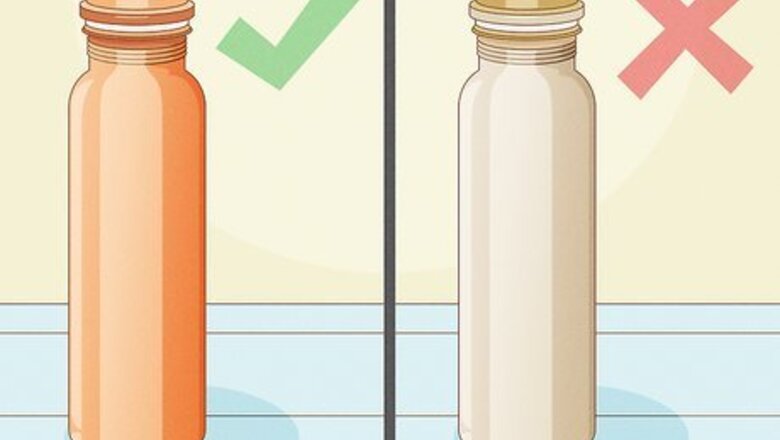
views
X
Research source
If you’ve recently purchased a copper bottle of your own, try a few at-home tests to make sure it’s the real deal and not a knock-off. From looking at the color patterns of the metal to checking the bottle's sound, we’ll give you 9 ways to tell if you’ve got a pure copper bottle.
Look for a red-orange color.
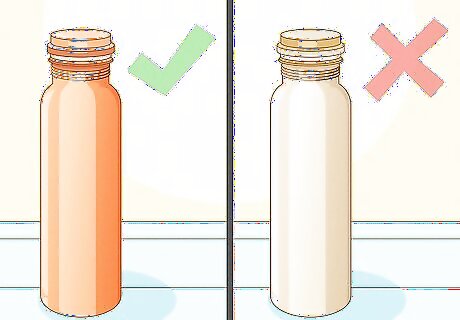
Copper is red-orange, not silver or gold. True copper absorbs blue-green light, which creates a distinct, red-orange hue. Hold your bottle up to the light—if it doesn’t look red-orange, then there’s a good chance that it isn’t copper.
Test the bottle with a magnet.
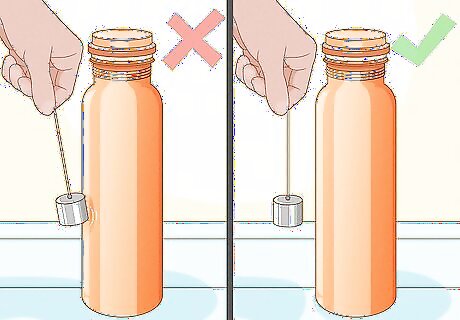
Copper won’t stick to any kind of magnet. To test your bottle, grab a magnet—any kind will do. See if the bottle sticks to the magnet; if it does, your bottle definitely isn’t made of copper. Your bottle passing the magnet test doesn’t guarantee that it’s made of copper, but it’s a good start.
Measure it with a multimeter.
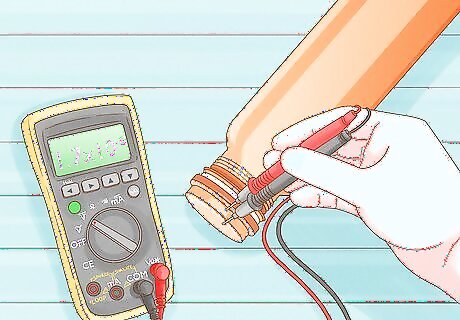
Copper has a 1.7 x 10⁻⁸ Ohm/meter resistance rating. Test your own copper bottle with a multimeter to see if the resistance rating measures up. Calibrate your multimeter to “ohms”—this is the scientific unit that measures resistance, and is represented by the Greek letter omega. Adjust the multimeter to the lowest possible setting, and place both the red and black probe tips on your bottle. Then, check the resistance rating—if it reads as 1.7 x 10⁻⁸, you can be confident that your bottle is made with copper. You can purchase an ohmmeter at your local home improvement store.
Calculate the density.
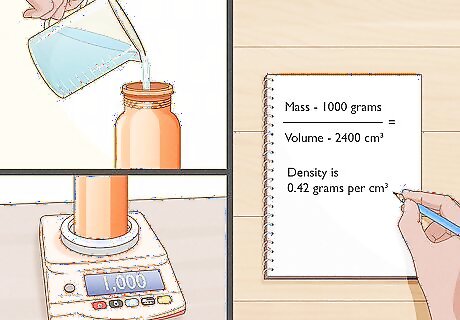
Authentic copper has a density of 8.96 grams per cm³. Fill your bottle with water to figure out its volume, or how much fluid it holds. Then, place the bottle on a scale to figure out its mass in grams. Divide the mass measurement by the volume—typically, authentic copper density is around 8.96 grams per cm³. For instance, if your water bottle weighed 1,000 grams and held 2400 cm³ of water, the density would only be 0.42 grams per cm³—therefore, it wouldn’t be real copper.
Tap on the surface to see what sound it makes.
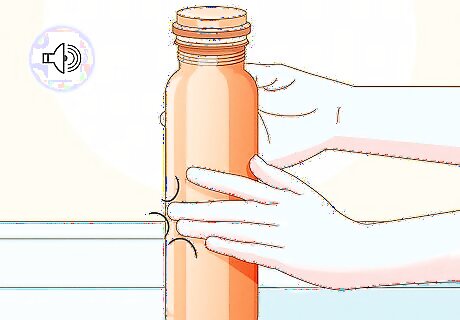
True copper has a smooth sound. Give the surface of your bottle a quick tap—does it sound tinny? Authentic copper has a smooth, resonating sound, not a sharp one.
Search for blue-green spots.
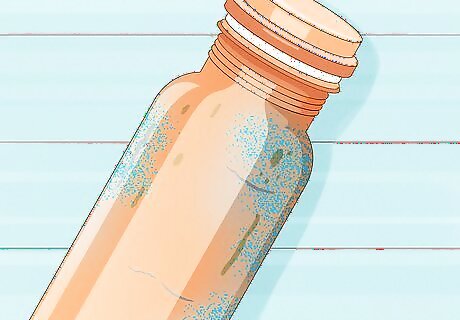
Copper turns blue-green when exposed to the elements. These blue-green spots are known as patina, and help prevent long-term corrosion. If you notice this blue-green patina on your bottle, you can be confident that it’s made with real copper. If your bottle is brand new, you probably won’t see any green spots.
Feel the bottle for dents.
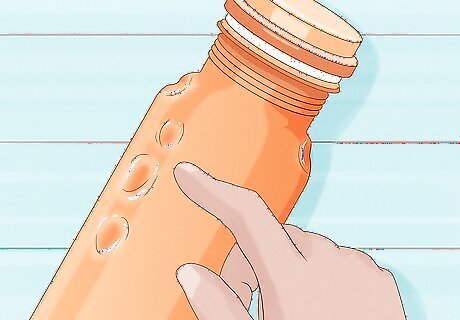
Copper is pretty fragile and may have some imperfections. If you’re using a secondhand copper bottle, there’s a good chance it’s picked up some dings and dents along the way. Rub your hand along the surface—if it’s completely smooth, your bottle might not be pure copper. If your bottle is new, it might not have any dents or imperfections.
Look for a numeric code.
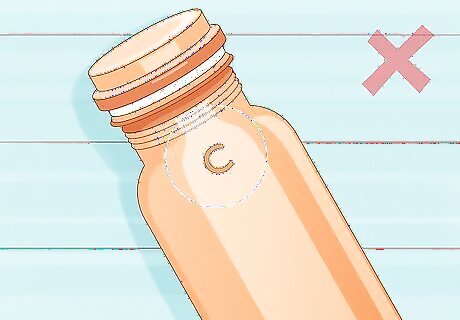
Copper isn’t registered or controlled by the Unified Numbering System (UNS). The UNS registers certain metals and alloys with a specific code. Copper isn’t controlled or labeled under this system—if you see a group of numbers or letters on your bottle, then it probably isn’t made of copper. The UNS uses the “C” in some of their stamps, but this doesn’t mean the bottle is made with copper. The “C” is just part of their numbering system.
Shop from a trustworthy place.
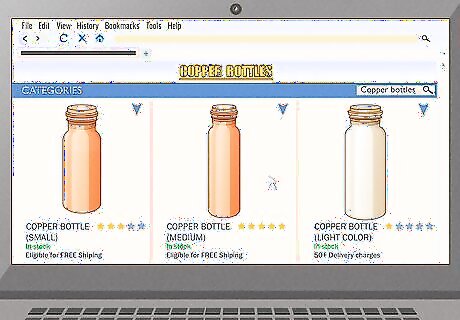
Smart shopping can prevent a counterfeit purchase. Online shops may claim to sell pure copper bottles but may sell knock-offs. For high-quality, authentic goods, buy from a trustworthy copper seller instead of chancing it with a company you're unsure about. If you do buy a copper bottle online, double-check the customer reviews first.



















Comments
0 comment